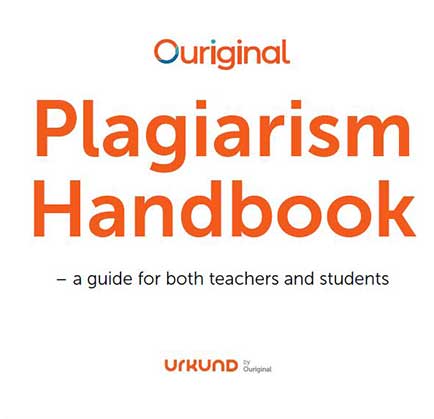
PROCESSING. PLEASE WAIT...


White Paper: ouriginal
What is Plagiarism?
To start this guide on the right foot directly, let’s dig into the definition of what generally is considered plagiarism. Note that it goes further than just copy-pasting someone else’s text and expands to copying someone’s (published) idea as a whole. Even more broadly, plagiarism could also include copyright infringements.
According to Jude Carroll, Oxford Brookes University and Carl Mikael Zetterling, KTH Learning Lab, plagiarism occurs when someone describes another’s thoughts or wording as though they were one’s own. This means that plagiarism does not necessarily have to be about textual similarity. It could also be a question of structural or conceptual similarity. “In your own text, you are responsible for ensuring that both the thoughts and wording are your own. If you describe someone else’s thoughts or wording as your own, you have plagiarised.” (Carroll & Zetterling, year 2009)
What it means in effect is that if you have to read text A to be able to create text B, then text A must be cited as a source. Not mentioning the source constitutes plagiarising.


 2025 All Rights Reserved | by: www.ciowhitepapersreview.com
2025 All Rights Reserved | by: www.ciowhitepapersreview.com